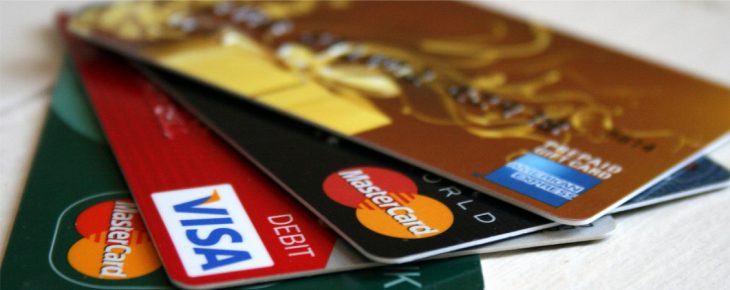U.S. retail sales rebound in April; credit card debt rises
by May 16, 2023 2:34 pm 751 views

Consumer spending on goods and services inched higher in April with overall retail sales up 1.6% from a year ago and up 0.4% from the prior month, according to Tuesday’s (May 16) report from the U.S. Census Bureau.
While sales are not adjusted for inflation that rose 4.9% in April from the year ago period, the National Retail Federation (NRF) was happy with the overall April report.
“Retail sales rebounded in April, reflecting consumer resilience in the face of elevated economic uncertainty,” NRF President and CEO Matthew Shay said. “Moderating price levels, continued labor market strength and wage gains have increased consumers’ ability to spend. However, they remain cautious and concerned about the current economic environment. Retailers continue to provide competitive pricing and convenience to help cost-sensitive consumers stretch their budgets.”
The NRF excludes sales of automobiles, gasoline and restaurants for core retail results. The trade group reports core retail sales in April rose 2% from a year ago, and 0.6% from March. This is an improvement over March core sales that were down 0.7% from February, but up 3.4% year over year. NRF said on a three-month moving average core retail sales were up 3.7% year over year.
While shoppers are returning to stores, it was online sales that did the best in April, rising 1.2% from the prior month and 6.4% higher than a year ago.
“Consumers remained engaged in April,” NRF Chief Economist Jack Kleinhenz said. “Shoppers are being selective and price-sensitive, but we continue to expect that spending will see modest gains through the course of the year. Year-over-year growth slowed, which was partly because of upward revisions to last year’s data but also an early indication that credit conditions are tightening and excess savings are shrinking.”
New credit card debt rose $180 billion in 2022, the largest amount of debt ever added in a single year, according to a recent study from personal finance website WalletHub. Nearly half of that total – almost $86 billion – was added in the fourth quarter, marking the biggest ever quarterly increase in credit card debt. The average household’s credit card balance was $9,990, up 9% from in the fourth quarter of 2021. Creditcards.com reports the average credit interest rate rose to a record 20.4% this month which will likely consume more of the household budget.
“While consumers have shown incredible resiliency to spend, our data indicates many are putting off large purchases, shopping less for discretionary items so they can cover the rising household expenses,” said Oliver Chen, senior equity analyst at Cowen.
The NRF reports four of the nine categories had higher April sales on a year-over-year basis, with five categories posting steeper declines. Following are the categories and gains/declines.
Online sales, up 6.4%
Health, personal care stores, up 5.8%
General merchandise stores, up 4.1%
Grocery and beverage stores, up 2.9%
Clothing and clothing accessory stores, down 4.1%
Building materials and garden supply stores, down 5.7%
Electronics and appliance stores, down 8.2%
Furniture and home furnishings stores, down 8.8%
Sporting goods stores, down 9.1%
